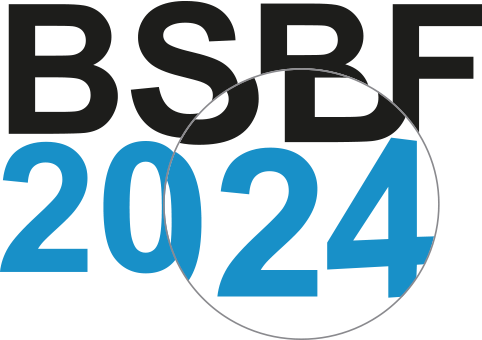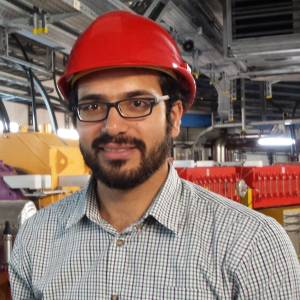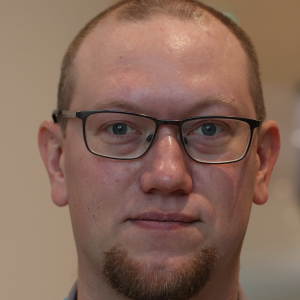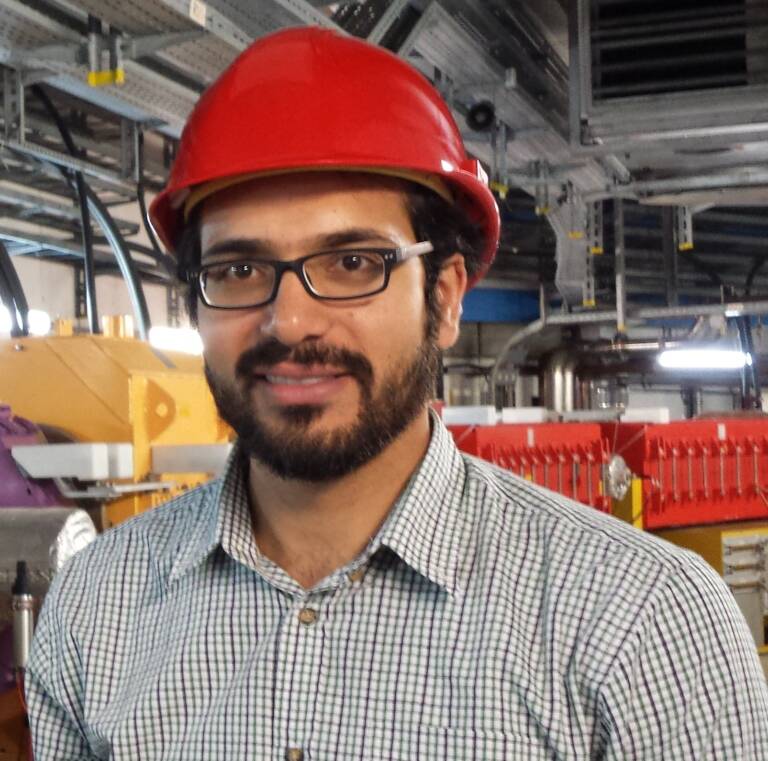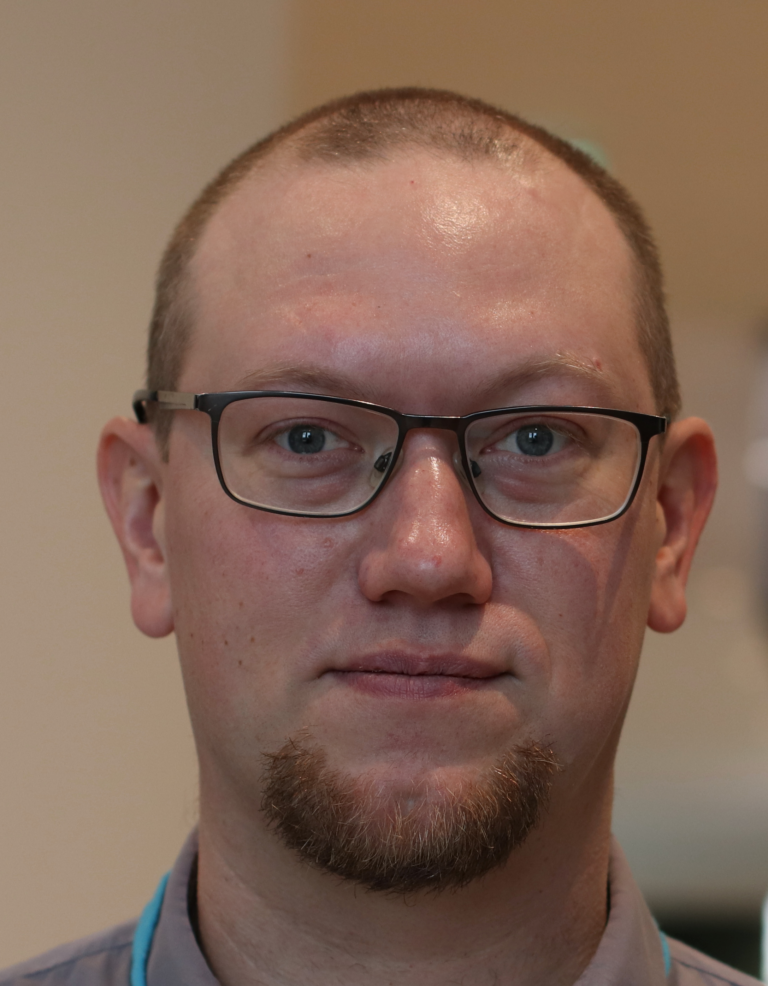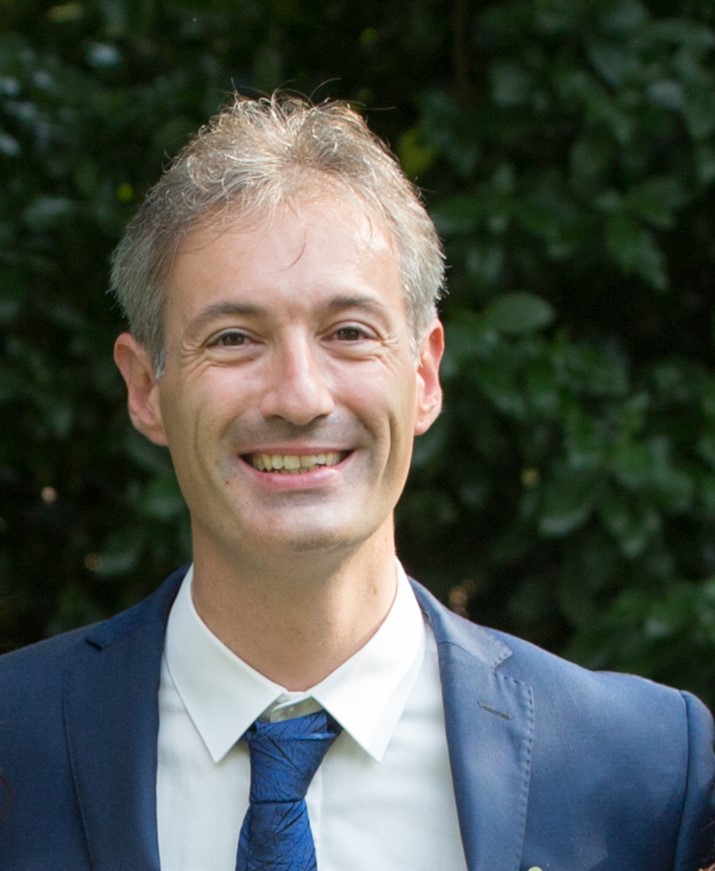PARALLEL SESSION A
A2 Robotics and remote handling systems
Wed 2nd Oct 14h00 - 16h00
Hall 27 - Ressel
Increasingly, Big Science organisations have areas with challenging environments – due to hazardous materials, or various types of radioactivity & radiation, or environmental constraints (such as temperature, pressure, magnetic field, vacuum) or at inaccessible locations like in space. Operations hence require specialized remote handling (RH) / robotics interventions. Solutions developed for the science community may also help to solve challenges in other markets such as manipulation of very large components, decommissioning, space, power generation, mining etc. The technical area includes RH mechanics, system design & engineering, tooling design, operations planning, radiation tolerant components & systems, electronics, simulation, control and testing environments.
Speakers of the session
Agenda
Sylwia Wójtowicz
National Center for Nuclear Research
Joachim Schulz
XFEL
The talk will provide an overview of the forthcoming supply contracts for equipment dedicated to remote handling of heavy components at CERN. Most of them will be needed as part of the new beam dump facility, a new research infrastructure in the CERN North-Area complex; during the operations, the dump components will become highly radioactive, and it will be only possible to handle them remotely. The presentation will include a description of the facility as well as of the type of equipment required with its main technical aspect and challenges. The talk will also cover the criteria that the interested Firms shall meet and the estimated timeline towards the completion of the project.
Alessandro Masi
CERN
The talk will give an overview of the coming business opportunities at CERN as well as possible collaborations with industrial partners in the area of robotics and mechatronics. Special sensors manufacturing and assembly opportunities will be also covered.
Esko Oskanen
ESS
NMX is an instrument dedicated to structural biology. The ESS source is well adapted to this type of experiment but requires many degrees of freedom for positioning both the sample and the detectors. Robotic arms were identified early on as an optimal solution to this problem, but ESS lacks the in-house resources and expertise to develop such a system. An initial study by a French in-kind partner (Institut de Biologie Structural) provided the necessary specifications for a procurement, where the company ARINAX was selected to provide a turn-key system.
This presentation outlines the scope, schedule and procurement route for the design, delivery and installation of the F4E’s Remote Handling Systems used for the first assembly of ITER. The primarily concerned systems are machines for the divertor cassettes assembly, the Neutral Beam Top Lid Mechanism and captive elements of the Beam Line Transporter, a series of Cask platforms for a variety of Vacuum Vessel ports, and components of the In-Vessel Viewing System.
Joachim Schulz
XFEL
As a user facility providing ultra short and intense X-ray pulses for state-of-the-art experiments, European XFEL strives to develop precise and efficient sample positioning methods.
The X-ray foci of our scientific instruments are in the order of micrometres, sometimes even smaller. For efficient sample delivery of structured samples, a pre-characterization workflow and fast automatic positioning systems are necessary. The presentation will describe our sample positioning systems and give in insight into the sample pro-characterization workflow. Especially the potential use of deep learning algorithms for semi-automatic sample finding and identification will be discussed.
.
Faraz Amjad
FAIR
The talk will provide an overview of the upcoming supply contracts dedicated to remote handling of targeted area components at the Super-FRS facilities at FAIR. These components are essential for the new hot cell facility and beam line, which is dedicated to managing Super-FRS target area components (Plugs). During Super-FRS operations, the target area components will become highly radioactive and will require periodic maintenance and remote handling to ensure continued facility operation. The presentation will include a detailed description of the facility, the types of equipment required, and the main technical aspects and challenges involved. Additionally, the talk will outline the criteria that interested firms must meet and the estimated timeline for project completion.
